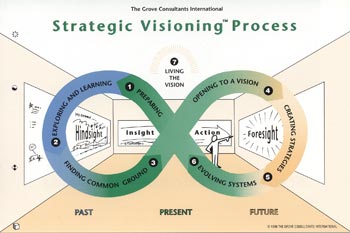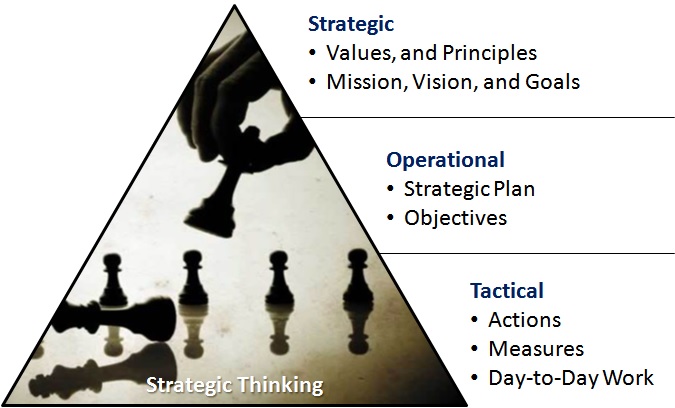How will your leadership behaviors change after COVID-19?
I’ve seen some pretty sad displays of business leadership during this crisis.
Governments hiding the truth. Business owners forsaking their people.
By now, most have seen the story of Chili’s in the Atlanta airport, where they had all their workers come in to clean the store and then laid them all off directly afterwards.
As a leader, have you taken a hard look at yourself in the mirror and witnessed how your behavior had changed in this crisis? Are you self-aware?
Jobless claims soared to 3.2M.
This week, I heard of a business leader moving all their sales staff from partial salary to 100% commission. This in a company that can’t sell anything right now. Might as well lay everyone off.
Then I’ve seen leaders that eliminated their entire salary and all the executives took a pay cut.
Some companies have cut all salaries in half during this crisis to keep everyone on staff and protect their jobs.
While others have used this as a way to eliminate people they wanted gone from their company all along.
Imagine what people will look for in a leader after this crisis? Especially at a time where companies will be hiring in the droves.
#success #incubator #business #coaching #consultants




 Leadership is a dying art in the world today. The great leaders of the past are found few-and-far between these days. There are some that have been fairly successful that have rose to an iconic status, but have they been truly great leaders or just really successful at running something?
Leadership is a dying art in the world today. The great leaders of the past are found few-and-far between these days. There are some that have been fairly successful that have rose to an iconic status, but have they been truly great leaders or just really successful at running something?


 Leadership is a dying art in the world today. The great leaders of the past are found few-and-far between these days. There are some that have been fairly successful leaders that have rose to an iconic status, but have they been truly great leaders or just really successful at running something?
Leadership is a dying art in the world today. The great leaders of the past are found few-and-far between these days. There are some that have been fairly successful leaders that have rose to an iconic status, but have they been truly great leaders or just really successful at running something?
 Leadership is a dying art in the world today. The great leaders of the past, George Washington, Winston Churchill, Alexander the Great, Martin Luther King, even Adolph Hitler, are found few-and-far between these days. There are some that have been fairly successful, like Steve Jobs for instance, that have rose to an iconic status, but have they been truly great leaders or just really successful at running something?
Leadership is a dying art in the world today. The great leaders of the past, George Washington, Winston Churchill, Alexander the Great, Martin Luther King, even Adolph Hitler, are found few-and-far between these days. There are some that have been fairly successful, like Steve Jobs for instance, that have rose to an iconic status, but have they been truly great leaders or just really successful at running something? Start with a Strategic Mindset.
Start with a Strategic Mindset. Harness the Power of Positive Thinking.
Harness the Power of Positive Thinking. Establishing Key Interpersonal Skills.
Establishing Key Interpersonal Skills. Developing a Personal Business Focus.
Developing a Personal Business Focus. Your Health and the Leader Within You.
Your Health and the Leader Within You. Volunteerism — The Personal Training Ground for Personal Development.
Volunteerism — The Personal Training Ground for Personal Development.
 Leadership is a dying art in the world today. The great leaders of the past, George Washington, Winston Churchill, Alexander the Great, Martin Luther King, even Adolph Hitler, are found few-and-far between these days. There are some that have been fairly successful, like Steve Jobs for instance, that have rose to an iconic status, but have they been truly great leaders or just really successful at running something?
Leadership is a dying art in the world today. The great leaders of the past, George Washington, Winston Churchill, Alexander the Great, Martin Luther King, even Adolph Hitler, are found few-and-far between these days. There are some that have been fairly successful, like Steve Jobs for instance, that have rose to an iconic status, but have they been truly great leaders or just really successful at running something?